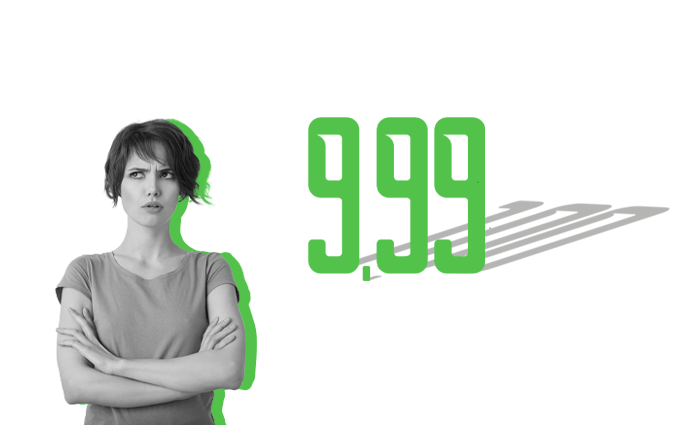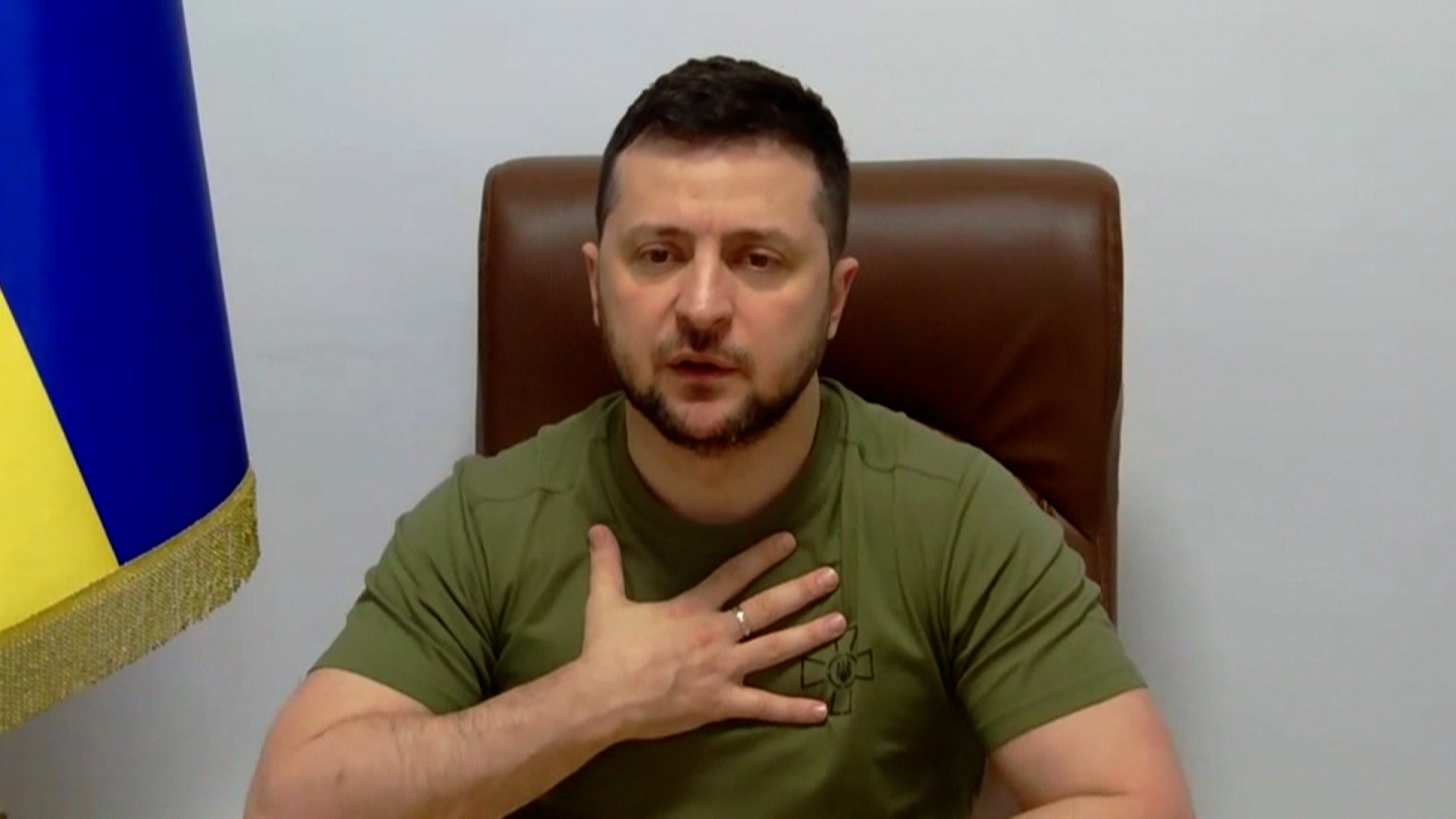For most companies 2022 started with the question – How to deal with post-pandemic and the war?
To answer this question we firstly need to look closer to the challenges most companies are facing now: global crisis caused by pandemic resulted in limited operations in many companies; staff members stressed and exhausted due to pandemic situation - suffering by less sleep hours, lowered motivation and longing for live relationships, etc.; inner state of the people full with compassion towards the Ukraine – being present here physically and mentally, with their hearts beating for Ukraine; blocked trade channels and roads, etc. caused by the war.
All the aforementioned and many other emerging challenges need to be confronted with the new approaches so far. Consequently, the number of companies with similar problems came up to understanding that now there is the right time for significant changes and put the Organizational Transformation issue on their agenda.
.

|
|
Transformation in itself means making significant changes within the organization which inevitably will result in the effectiveness of the company. The question is how to ensure positive results? We would suggest a way similar to that of how you would increase the probability of conquering the peak of Everest – i.e. you need to go through the necessary preparational process and build a reliable team. Consequently, the people with whom we team together to conquer Everest, need to be exactly the ones we can rely on in the process of the company’s transformation! |
The Team of Leaders will Unconditionally Conquer the Everest!
|
Following the organizational structure, we can only find the formal leaders, who in consideration of their obligations and responsibilities may have a specific positional impact. Though, we cannot even dream of making a step to the Peak Everest, backed up only with positional impact, can we?! Consequently, we need to extend the searching area and look for informal leaders among the employees in any positions. Through spotting the informal leaders the company can afford to identify those employees who can leverage the transformational process. These persons: |
|
 |
- Are the opinion and competence leaders;
- Represent professional and social leaders;
- Can be the ordinary staff members with leadership potential;
- Already have impact on a certain number of company employees;
How to Spot the Informal Leaders?
A number of companies may apply the different organizational researches, though none of the traditional internal organizational research is capable to solve this issue.
In order to spot genuine leaders in the company, the ACT team has invented a new innovative tool for the managers and HR specialists – A Leadership Scanner®.
However, one of the most important functions of the Leadership Scanner® is explained by the title itself – scanner of leaders – which on a basis of specifically designed query and ONA scans the company and reveals those employees who can be thought of as the most reliable during the crisis or transformation periods.
The query is designed in a way that requires the answers which are: 1) non-conflicting – no need in praising performance or efficiency of other employees; 2) objective – impossible to artificially put the informal leaders forward; 3) evidence-based – revealing the existing facts, not suggestions.
|
The results can be viewed based on easily understandable visual materials/schemes/networks and interactive platforms, enabling high flexibility of the analysis. It is quite possible to view not only the total picture of the company but also to observe the results at specific departmental and individual levels while obtaining the unique insights and analytics (where rests the unrealized potential; which department is in more need of professional development; where are the weak delegation or micromanagement issues spotted; where the strain is observed; where does the company need the empowerment of the intermediate link, etc. )
|
|
 |
Relying on the team of spotted informal leaders and based on insights and analytics, the company is well-positioned to inevitably conquer Everest or any other peak of success.






